In the forested depths of Renfrew Ravine, the solace of nature is never too far away.
Thick roots and a web of leafy boughs abound from the surrounding trees, and birdsong intermingles with the gentle drizzle of rain. Here, it’s easy to feel like you’ve left the city behind — even when you haven’t actually left it at all. But that is part of the magic of urban forests.
“You come down the staircase and sit on the bench and by the creek, and you can hardly believe that there's a number 16 bus going beside you up to the top of the hill,” says Carmen Rosen, who lives a short walk away from the ravine in East Vancouver.
Rosen is also the artistic director of Still Moon Arts Society, an organization that interweaves art with environmental stewardship. Much of their work takes place around Still Creek, one of the few visible creeks to remain in Vancouver, which runs through Renfrew Ravine Park — a rare pocket of urban green space that echoes the city’s original forest landscape.
On a rainy morning, we visit Rosen’s favourite spot in the ravine. Within minutes, we go from crossing a busy intersection to sitting beside the stump of an old-growth cedar tree.
Under a grand canopy of foliage, the leaves shelter us from the rain and noisy roads beyond. The only noticeable traffic is the fluttering of birds darting from branch to branch. They flit back and forth as fluidly as the water flowing through the creek.
“It just calms you right down to be in this area,” says Rosen.
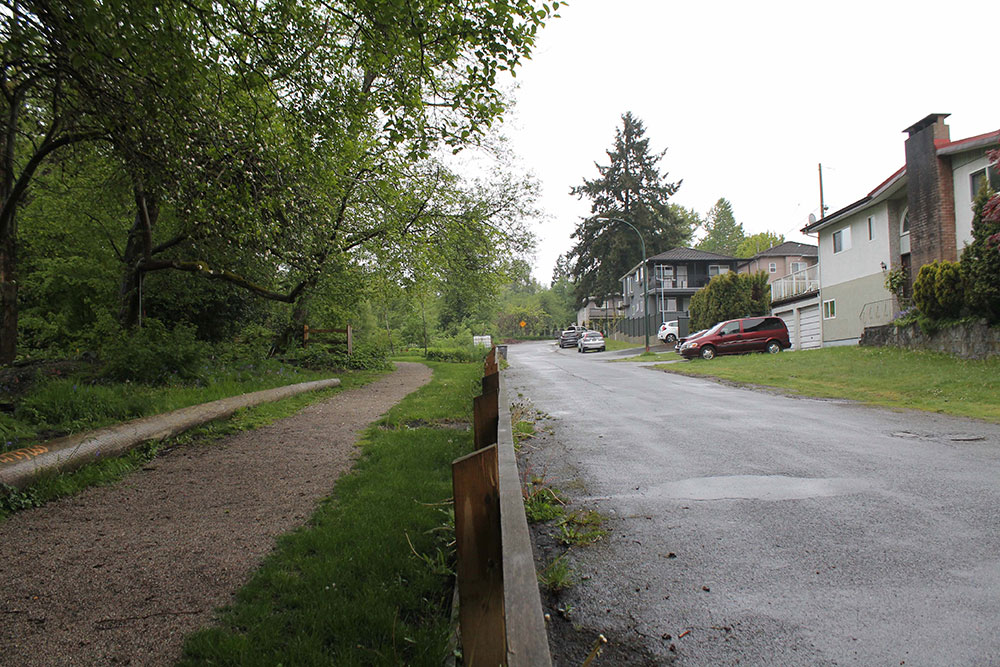
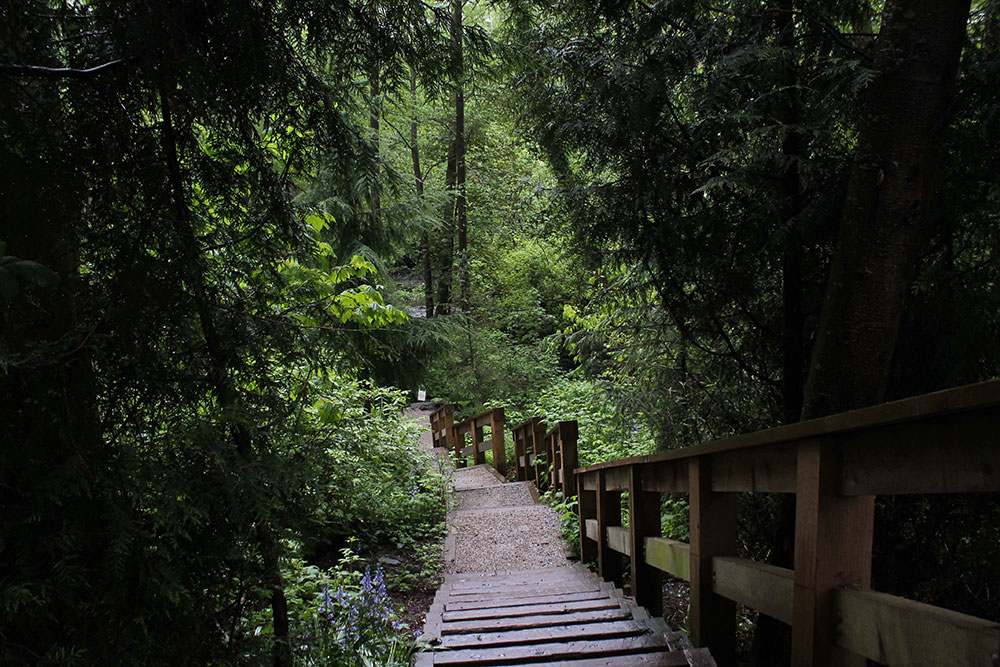
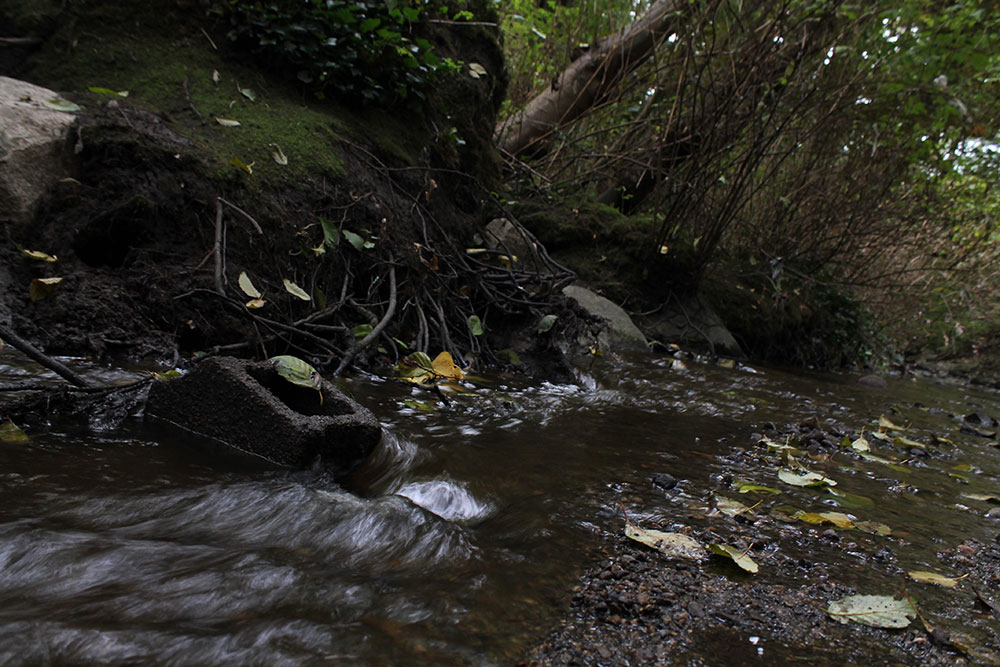
Good access to nature has consistently been proven to increase physical and mental health, especially for city dwellers. Several Canadian provinces even allow health-care professionals to offer "nature prescriptions” for their patients, consisting of free passes to national parks, to improve well-being. In Vancouver, many people turn to regional parks on the North Shore, abundant with mountainous hiking trails among old-growth forests, for a chance to reconnect with nature.
Of course, it’s important to remember that relationships to nature and land are also complicated. Many hikers visit these natural spaces without making a proper effort to engage with their ongoing significance as Indigenous lands, even though many Indigenous-led natural tours offer a more respectful way to experience them.
Not everyone has the time or the means to visit bigger destination forest parks, either. Many national and regional parks may require a long journey on public transportation, or are only accessible by car.
So, where else to go for a comforting, considerate, yet convenient dose of nature? Urban forests provide one alternative.
For people like Rosen, visiting local parks like Renfrew Ravine are not only just as effective, but sometimes more powerful — especially when people can build meaningful relationships with the natural spaces wherever they live.
“There's kind of a sense of ownership,” she says of nearby residents. “In some ways, you're not a tourist when you come to Renfrew Ravine, you're in a very sacred place in your own neighborhood.”
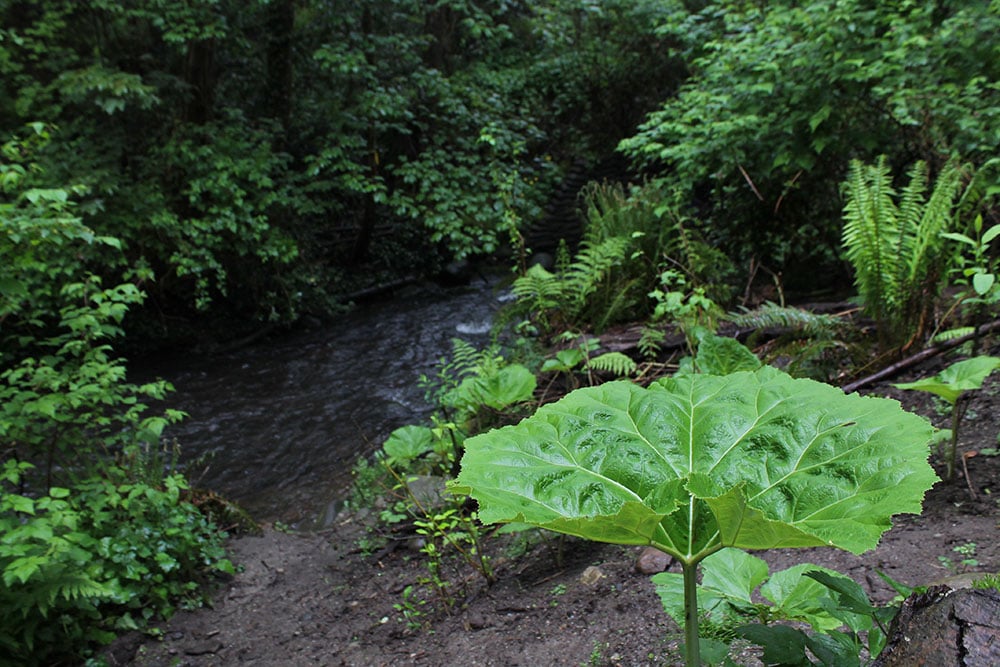
A delicate web of life
Urban forest spaces are special partially because there’s so few of them in Vancouver — at least, ones like Renfrew Ravine Park.
Technically, the city’s official urban forest strategy considers all trees on public and private lands to be part of the urban forest. As a result, the definition of “urban forest” can be broad. It can refer to fully forested areas in large public parks and the street trees planted in city boulevards, as well as the individual trees grown in private backyards.
Andy Yan, director of Simon Fraser University’s City Program, reiterates that all of these trees are a key part of our urban infrastructure.
“This is as important a piece of infrastructure as we think about our water pipes and sewers,” says Yan. “It's the fact that a tree not only sequesters carbon, provides shade, but it also retains water. That is a form of stormwater management. So it's this piece of infrastructure that actually does multiple roles.”
Every tree is a welcome contribution to the city’s overall urban forest. Yet an individual street tree arguably still differs from a tree that grows collectively with others in a forested environment.
Larger forested parks can accommodate a more natural forest ecosystem, enhancing the habitat for native species of plants and wildlife. Additionally, ravines can frequently play a central role in connecting the network of animals, vegetation and water needed to sustain these habitats, especially in urban settings.
In Renfrew Ravine Park, this delicate web of life is everywhere. Red-tailed hawks perch in the branches above, watching for mice scurrying through the shrubs below. Ferns, snowberries and young cedar saplings wrestle with the growth of invasive plants like Himalayan blackberries. Wooden benches by the creek make for the perfect spot to observe all of it.
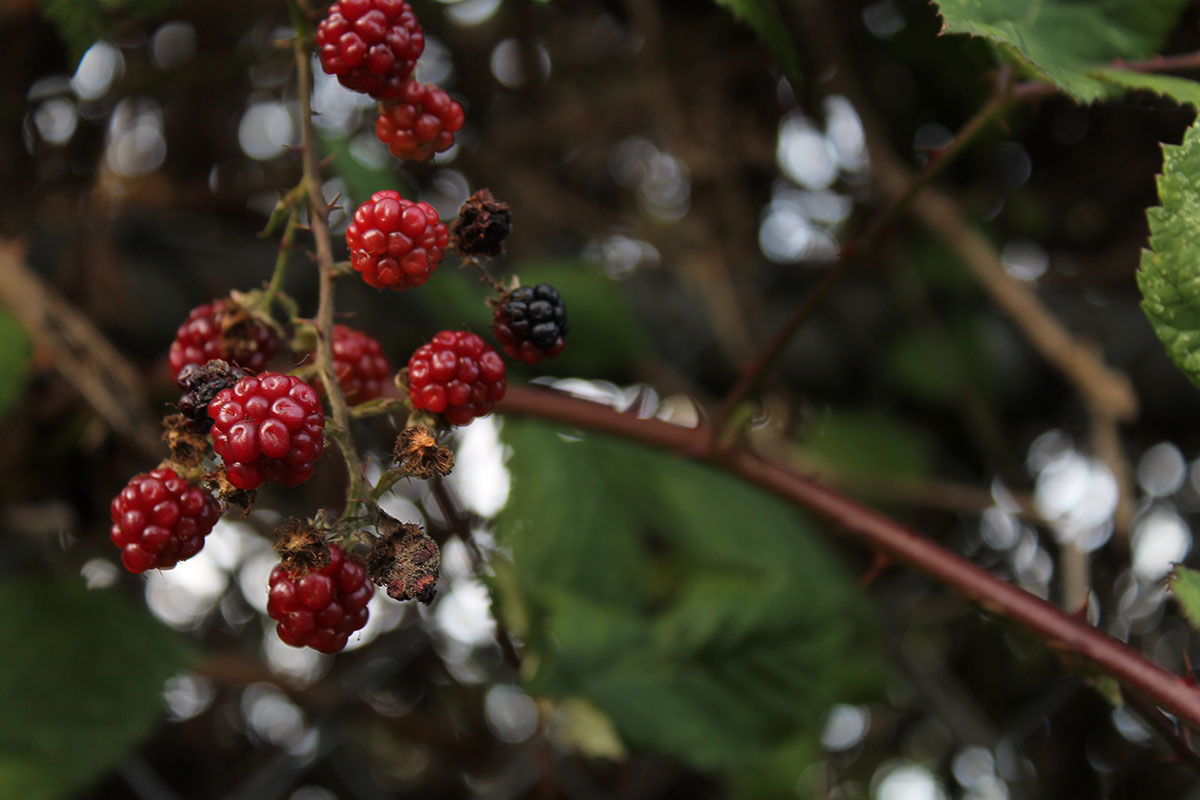
But dedicated urban forest areas like this are still few and far between. Along with Everett Crowley Park to the south, Renfrew Ravine Park remains part of the limited number of fully-forested public green spaces in Vancouver — and especially in East Vancouver.
“Historically, I think that some people have noticed that there was an east-west divide, that part of the issue came in to how much it marked the issue of class,” says Yan.
Bigger forested parks remain concentrated near wealthier neighbourhoods on the west side of city. Stanley Park is adjacent to Vancouver’s West End and Coal Harbour. Pacific Spirit Regional Park is in West Point Grey near Vancouver’s Dunbar neighbourhood. The locations of both parks reflect the general pattern of shade inequality that has left lower-income neighbourhoods with reduced canopy cover from less trees, and even fewer that are fully grown enough to provide adequate shade.
The COVID-19 pandemic has further emphasized these gaps. While many people turned to parks and outdoor public spaces as a way to safely gather, existing inequities in access to green spaces became clearer to some as they realized their options were limited.
“It plays to our ideas of public goods. It also is under pressure, that it reflects all the inequalities that occur with the provision of public goods,” says Yan, regarding how we think about trees and green spaces. “It’s one for which, like any infrastructure, especially in an era of climate change, that we're going to need to rethink, we're going to need to rebuild, and we're going to need to support.”
Last year’s unprecedented heat dome, which resulted in an official death toll of 595 people in the province, brought the necessity of trees and urban forests for health and climate adaptability into even sharper focus.
It’s a reminder of how much humans need trees, even if we don’t stop to appreciate our relationships to them all the time.
A place to be proud of
That relationship between people and trees is something that David Tracey, founder of the Tree City non-profit, has spent a lot of time trying to improve.
In 2013, this included launching the TreeKeepers program with the Vancouver Park Board to support its “Greenest City” goals of expanding the urban forest. They offered affordable tree sales in addition to hands-on workshops through a “Citizen Forester” program to help residents plant and maintain their own trees.
Recently, similar programs to engage residents with urban forests have seen uptake in dense urban centres like New York City. Their significance has been renewed among goals like “a green and just post-COVID recovery,” as discussed in a report published by Nature Conservancy, one of the non-profit partners with the initiative.
But in Vancouver, the TreeKeepers program stopped in 2015 when the park board pulled its funding and halted their contract for reasons that appeared to be administrative, but are still unclear to Tracey. The park board has since taken over the annual tree sales, but he still remembers how they wanted to expand the program beyond that.
“We had hoped to take it more onto a community-type of level. And that's what a lot of the education part of it was,” says Tracey.
He recalls additional efforts to host cultural events or activities like poetry as part of TreeKeepers’ push to get people better acquainted with trees. “A lot of those things, just always to get more people engaged in their environment,” says Tracey. “Not just, 'Here’s a great deal on a tree, and I’m going to save 70 bucks by getting it from these guys.’”
These days, Tracey manages the Indigenous Land Stewardship certificate program at Native Education College as another way to directly bridge the gap between people and trees — and restore the Indigenous stewardship that is also critical to natural spaces like urban forests.
Still, there are places where the connection between people and trees that TreeKeepers also hoped to instil hasn’t been lost.
In urban forest spaces like Renfrew Ravine Park, Rosen and organizations like Still Moon Arts Society continue using art as a way to invite people to spend more time among the trees — from mushroom-based sculptures to site-specific performances of music, dance and poetry throughout the park.
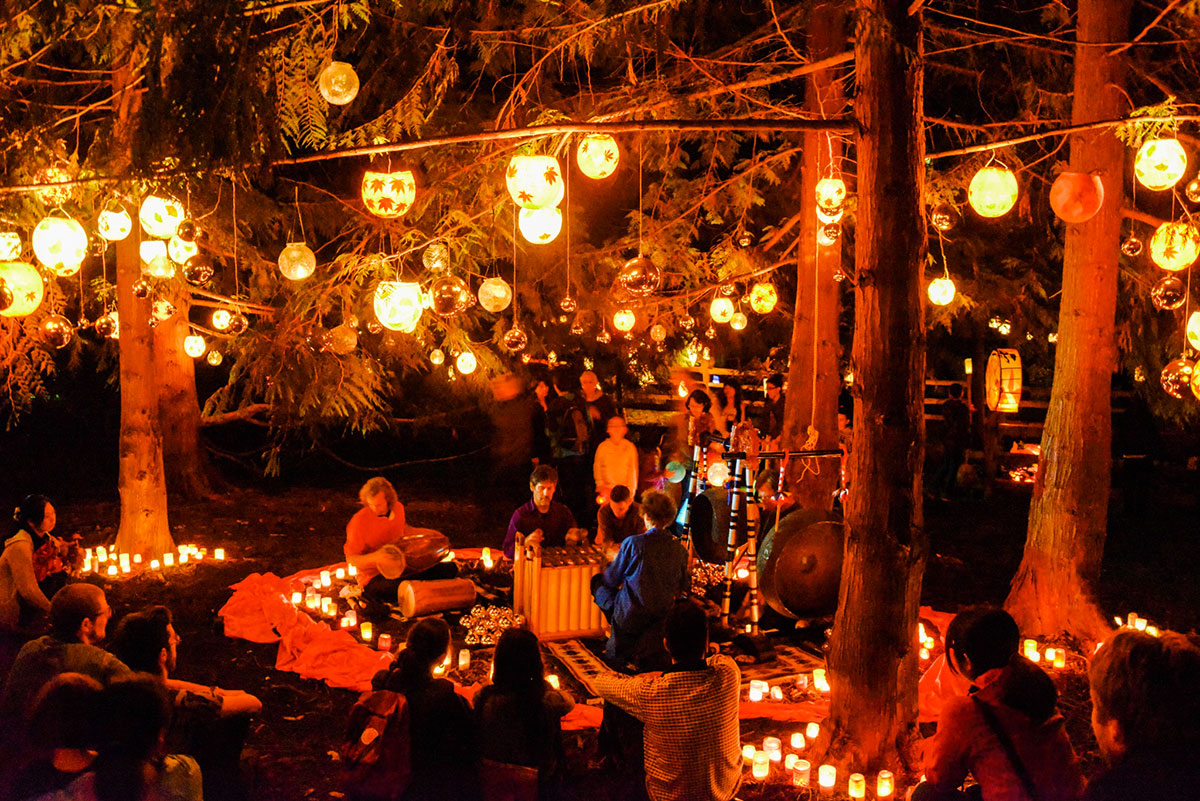
This year, the society will commemorate 20 years of the Renfrew Ravine Moon Festival, a neighbourhood-wide event that takes place directly within the ravine every year. The festival includes a parade along the creek during twilight, with lively performances and intricate lantern displays illuminating the woods throughout.
Beneath the warm glow of a forest of lanterns and trees, the festival is a time for people to celebrate the community and its urban forest.
It’s a striking contrast to how Renfrew Ravine looked when Rosen first moved into the neighbourhood decades ago, when it was generally treated like a garbage dump. Now, as the city prepares a new plan for the area around Rupert and Renfrew SkyTrain stations that includes parts of the ravine, “Protecting Still Creek” is listed as a key point of interest.
“There was a small core of people who did the ravine cleanup, who thought the ravine was really special,” says Rosen. “And now I feel like the whole neighborhood feels much more proud of the ravine.”
In this way, pockets of urban forests like these can also become valued natural destinations of their own, without having to leave the city too far behind. ![]()
Read more: Environment, Urban Planning + Architecture


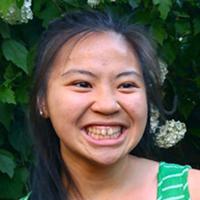
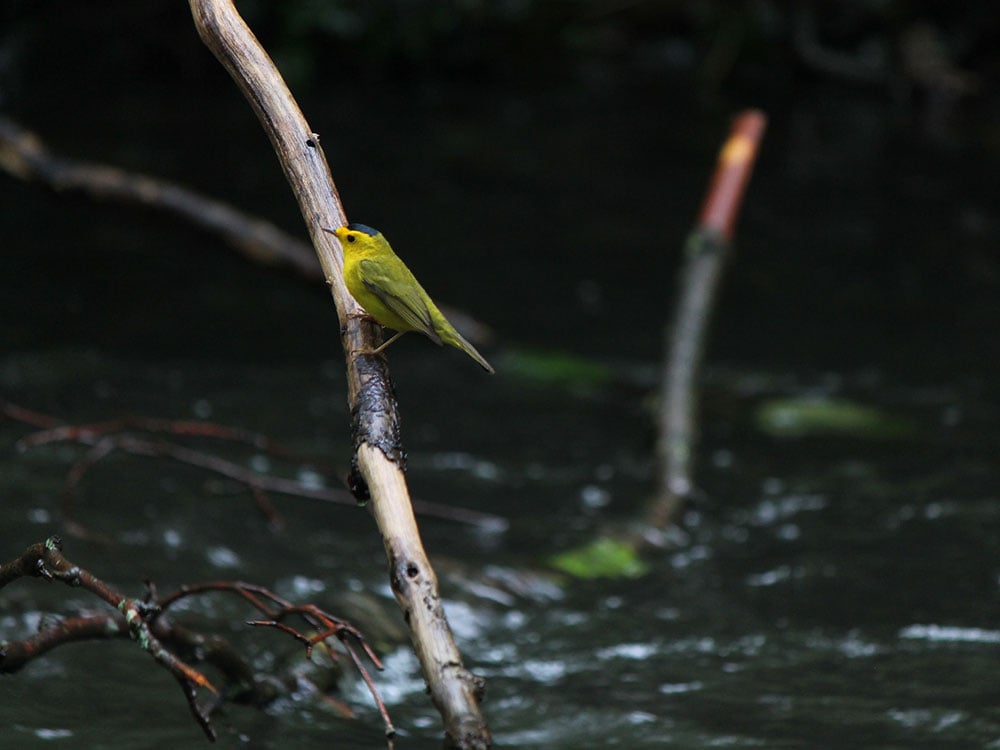












Tyee Commenting Guidelines
Comments that violate guidelines risk being deleted, and violations may result in a temporary or permanent user ban. Maintain the spirit of good conversation to stay in the discussion.
*Please note The Tyee is not a forum for spreading misinformation about COVID-19, denying its existence or minimizing its risk to public health.
Do:
Do not: